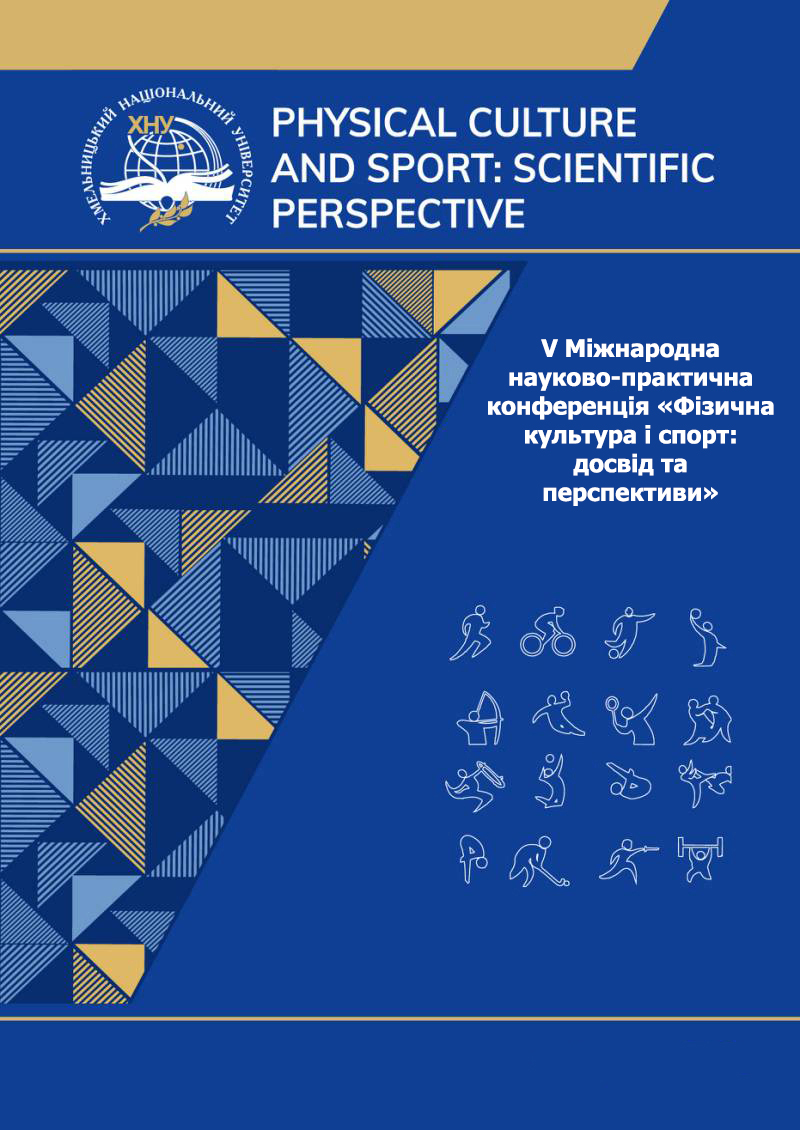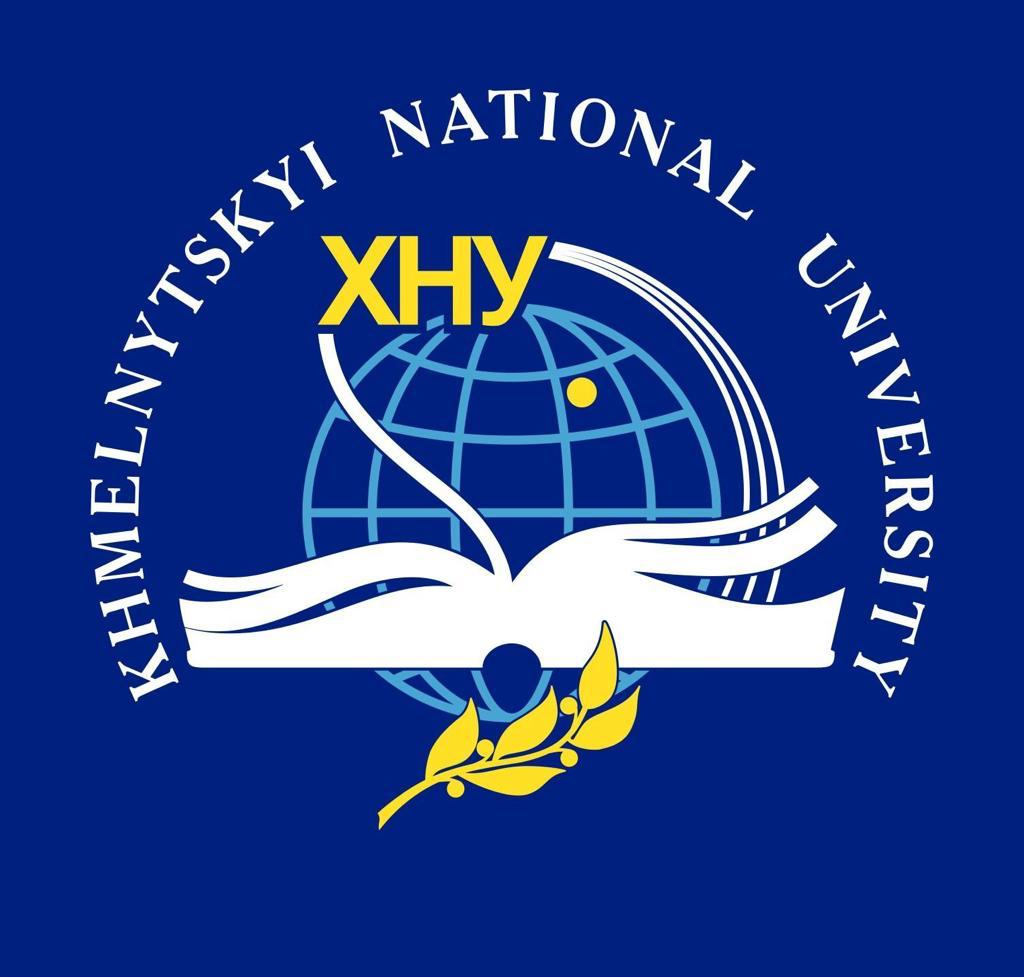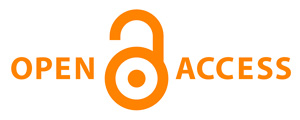TECHNOLOGICAL MODEL OF IMPROVING PHYSICAL FITNESS AND OPTIMIZING MOTOR ACTIVITY OF ADOLESCENTS THROUGH HANDBALL
DOI:
https://doi.org/10.31891/pcs.2025.1(1).33Keywords:
physical fitness, motor activity, handball, technological model, adolescents, training processAbstract
The article examines a technological model for improving physical fitness and optimizing physical activity in adolescents through handball. Modern approaches to enhancing the effectiveness of the training process, which combine innovative methods for developing physical qualities, technical and tactical preparation, are substantiated. The impact of physical activity on the formation of health and physical performance in adolescents is analyzed, and the main pedagogical conditions for the effective use of handball as a means of comprehensive physical development are identified. The results of an experimental study confirming the effectiveness of the proposed model are presented.
The physical fitness and optimization of physical activity in adolescents through handball are analyzed. Physical training of high school students in handball may include specialized means for developing individual physical qualities, as well as complex exercises that combine training influences to improve ball-handling techniques and player interaction. Comprehensive training of athletes will ensure the opportunity to maximize their potential in competitive activities.
The relevance of this study is determined by the need to implement modern pedagogical technologies that will contribute to increasing the effectiveness of physical education and sports training in the educational process. To evaluate the effectiveness of the developed program of physical and technical training, we analyzed the growth rates of physical and technical fitness indicators of handball players in the experimental and control groups after the completion of the pedagogical experiment.
The main principle of organizing training work in beginner groups is the universality of the tasks set, the selection of tools and methods suitable for all students, adherence to an individual approach, and a deep study of the characteristics of each student. To evaluate the effectiveness of the developed program of physical and technical training, we analyzed the growth rates of physical and technical fitness indicators of handball players in the experimental and control groups after the completion of the pedagogical experiment.
References
Bondarenko, V. P., Kalinina, S. V. Fizychne vykhovannia v shkolakh: metody ta pidkhody. Kyiv: Vydavnychyi dim "Osvita", 2018. 245 s.
Herasymenko, O. O., Popov, S. I. Osnovy fizychnoi pidhotovky v komandnykh ihrakh: monohrafiia. Kharkiv: KhDIFK, 2019. 180 s.
Kovalchuk, L. M. Handbol u shkolakh: suchasni metody navchannia ta trenuvannia. Odesa: ONU, 2016. 156 s.
Kuzmin, A. Yu. Optymizatsiia fizychnoi pidhotovlenosti pidlitkiv u protsesi sportyvnoho trenuvannia. Lviv: LDUFK, 2017. 210 s.
Moseichuk, Yu., Kurnyshev, Yu. Obgruntuvannia protsesu pidhotovky bakalavriv spetsialnosti 017 Fizychna kultura i sport do trenerskoi diialnosti z ihrovykh vydiv sportu. Physical Culture and Sport: Scientific Perspective. Khmelnytskyi natsionalnyi universytet. 2023. № 3. S. 138–144.
Savytska, O. M. Modeliuvannia fizychnoi pidhotovky handbolistiv v pidlitkovomu vitsi. Kryvyi Rih: KNTU, 2020. 192 s.
Taran, I. P., Sytnyk, I. O. Rukhova aktyvnist yak faktor fizychnoho rozvytku pidlitkiv. Kharkiv: KhDIFK, 2018. 175 s.
Shemshuchenko V. O. Rol handbolu u formuvanni rukhovykh navychok pidlitkiv. Kyiv: Naukova dumka, 2021. 220 s.
Shcherban, M. A., Petrenko, A. V. Pidvyshchennia fizychnoi pidhotovlenosti handbolistiv cherez innovatsiini metody trenuvannia. Kyiv: Vyshcha shkola, 2022. 198 s.
Downloads
Published
How to Cite
Issue
Section
License
Copyright (c) 2025 Юрій КУРНИШЕВ, Юрій ПАЛІНЧУК

This work is licensed under a Creative Commons Attribution 4.0 International License.





